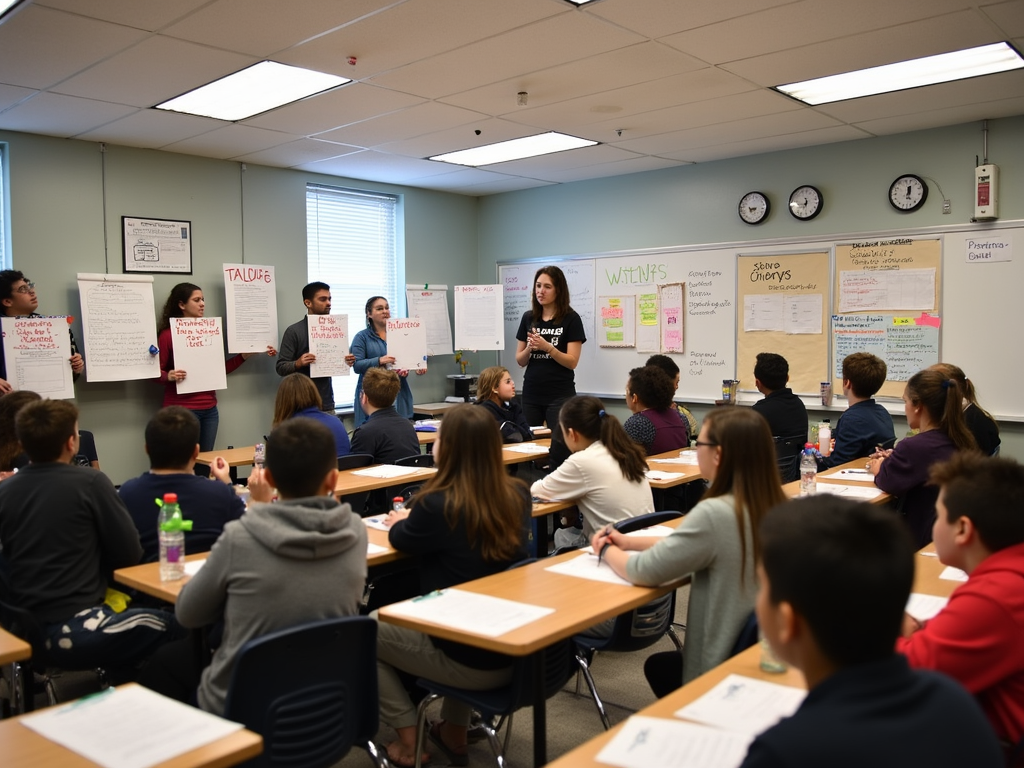Service Learning Grants and Funding: A Comprehensive Guide
By , May 3, 2025
Overview
Service learning grants and funding provide the backbone for projects that blend education with community service. These resources help students volunteer in meaningful ways while learning valuable skills. This guide covers everything you need to know about securing and using these funds effectively.

What Is Service Learning?
Service learning combines classroom lessons with hands-on community service. It’s different from regular volunteering because it ties directly to what students are studying. For example, a biology student might help clean a river while learning about ecosystems. It’s a win-win: students grow, and communities benefit.
Here’s what makes service learning special: - It connects to schoolwork. - Students reflect on what they do. - Both students and locals gain something. - It builds skills like teamwork and problem-solving.
Why Funding Matters
Without money, service learning projects can’t thrive. Grants and funding make it possible to buy supplies, train leaders, and even pay students for their time. I’ve seen small projects—like a community garden—grow into lasting programs because of good funding. It’s the fuel that keeps these efforts running and growing.

Types of Grants Available
There are many ways to fund service learning. Here are the main options:
- Federal Grants: Programs like Learn and Serve America offer money for schools and colleges.
- State and Local Grants: Your area might have funds for projects that fix local problems.
- Private Grants: Groups like the W.K. Kellogg Foundation support big ideas in education and service.
- Corporate Grants: Businesses sometimes chip in to look good and help out.
- School Grants: Some colleges have their own pots of money for these projects.
Each type has its own rules, so you’ll need to dig into what fits your plan.
How to Apply for Grants
Getting service learning grants and funding takes work, but it’s doable. Start by finding grants that match your project. Then, write a clear plan: what you’ll do, how you’ll do it, and why it matters. I once helped a friend apply for a grant to teach kids coding—it worked because we showed how the community would benefit.
Try these steps: 1. Look for the right grant. 2. Write a strong, simple proposal. 3. Team up with local groups. 4. Make a budget that makes sense. 5. Show how you’ll keep it going.

What Funding Can Do
When service learning gets funded, amazing things happen. More students can join in, supplies get better, and projects last longer. I saw a funded program turn a rundown lot into a playground—kids still use it today. A study from the National Service-Learning Clearinghouse backs this up: funded projects keep people engaged and happy.
Challenges You Might Face
Finding money isn’t always easy. Lots of people want the same grants, and applications can be tricky. Plus, funders want to know your project won’t fizzle out. I’ve had applications rejected because we didn’t explain the long-term plan well enough. It’s tough, but learning from mistakes helps.

Tips for Managing Grants
Once you get the money, use it wisely. Keep track of every dollar and tell funders how it’s going. Involve everyone—students, teachers, locals—so they feel part of it. I learned this running a small project: clear updates kept everyone excited and on board.
Here’s what works: - Track spending carefully. - Share progress often. - Check how it’s helping. - Thank the funders publicly.
What’s Next for Funding
Service learning funding is changing. More grants might focus on tech or helping overlooked groups. Virtual projects—think online tutoring—are popping up too. Keeping up with these shifts can give you an edge when applying for service learning grants and funding.

Summary
Service learning grants and funding open doors for students to volunteer and learn while helping their communities. From finding the right grant to making a real difference, this guide shows how it all works. With the right approach, these projects can grow, adapt, and leave a lasting mark.